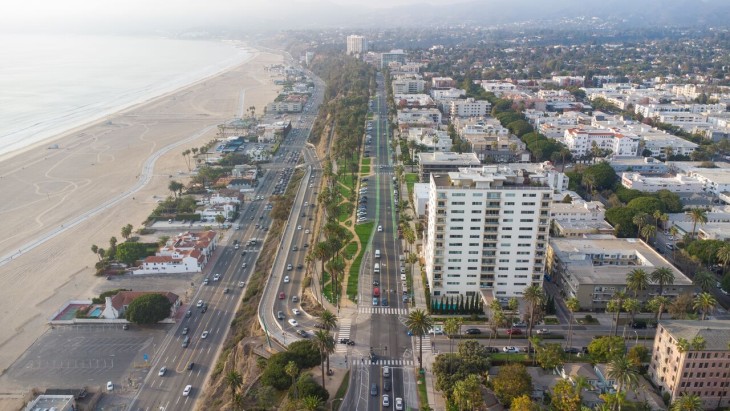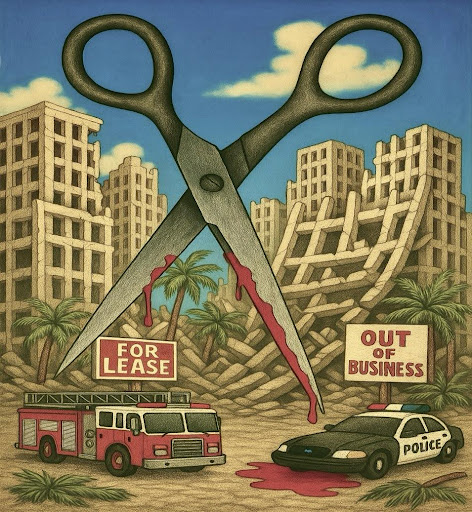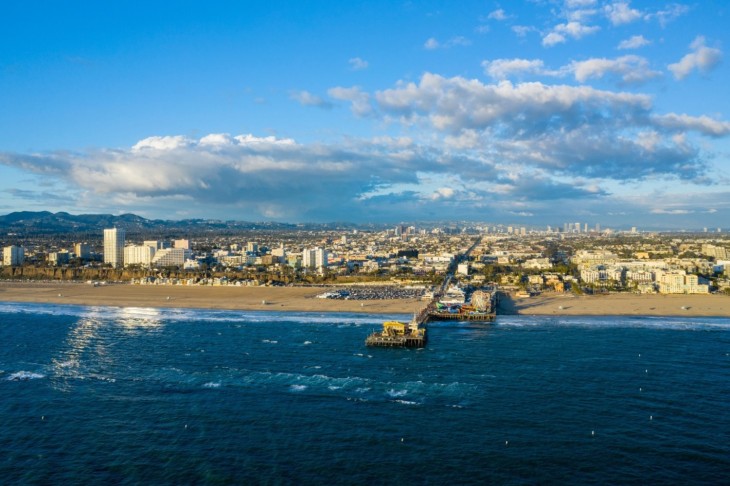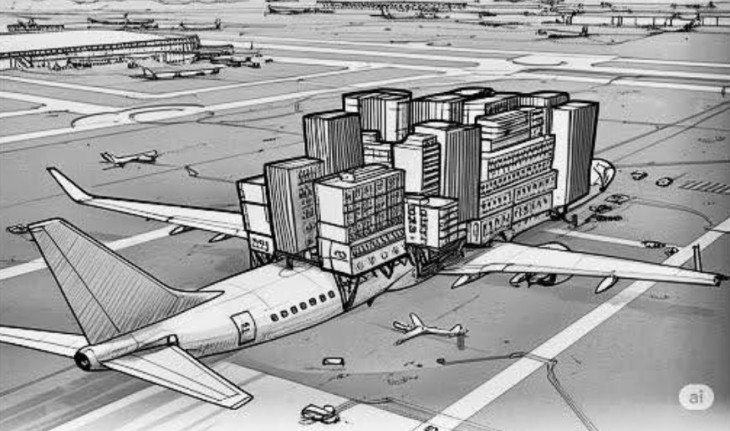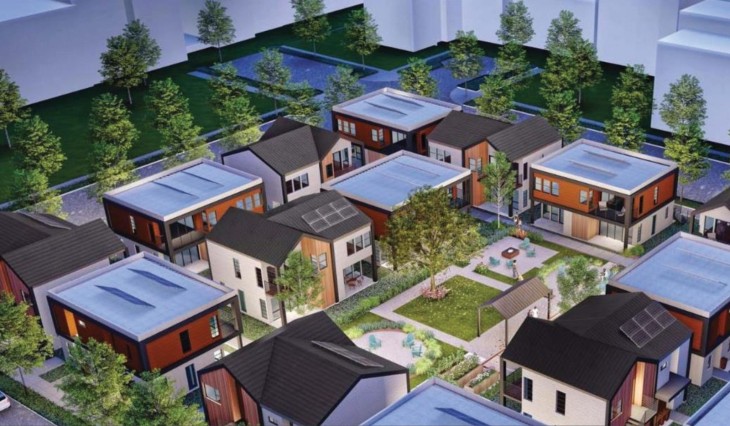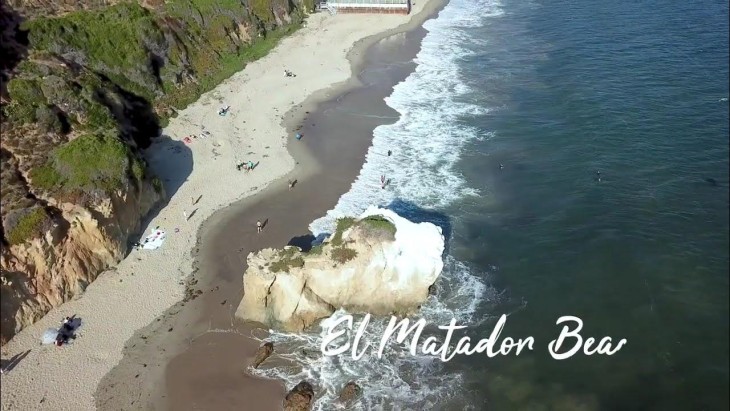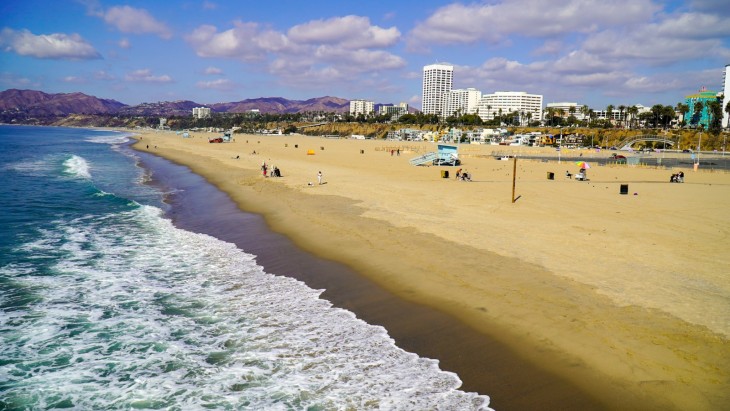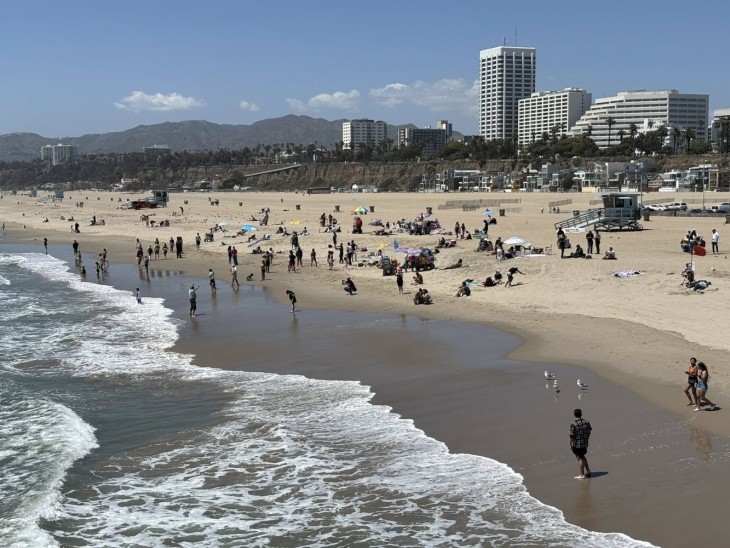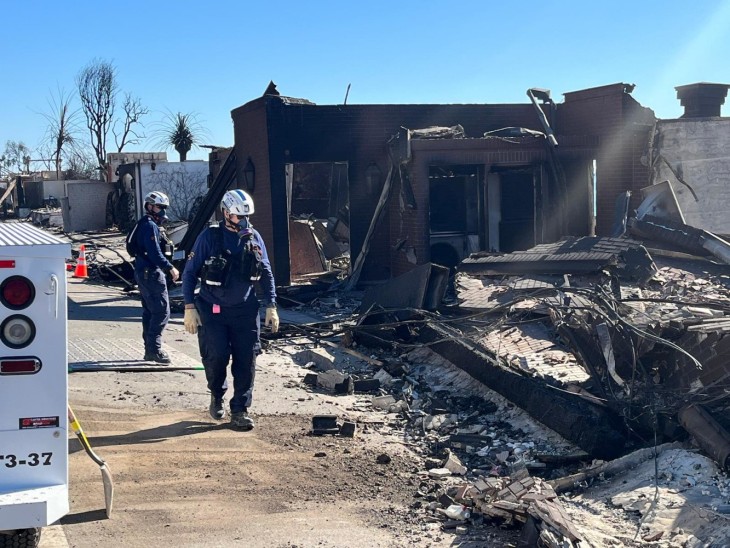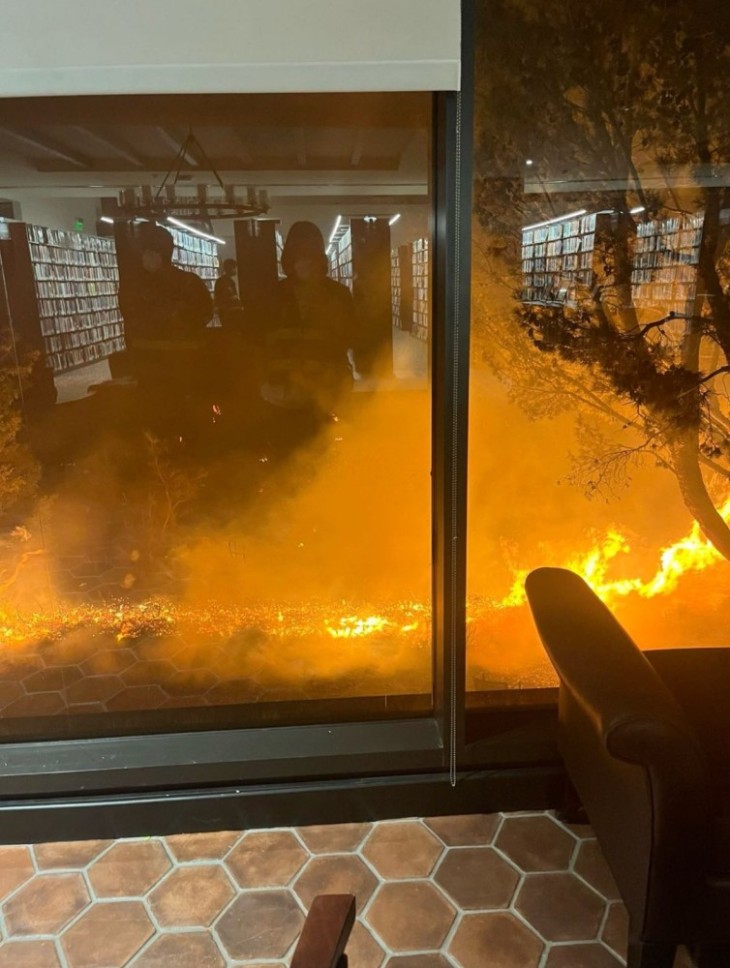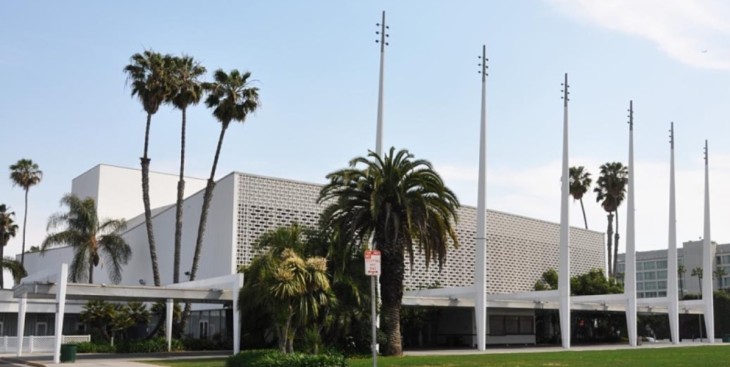There is little doubt an economic bonanza awaits California beneath the surface of the Monterey Shale, a geologic formation stretching from San Benito County south along the west side of the San Joaquin Valley right into parts of Southern California.
One study put the possible job-creating potential of this oil and gas trove at more than 20,000. For sure, it would spread oil industry jobs far beyond their current centers in Kern County and some coastal areas of the state. Oil reserves said to lurk within rock formations are said to amount to at least 15 billion barrels. Not to mention many millions of therms of natural gas.
So far, not much has been done with this resource, and there’s plenty of dispute over whether anything should be. The potential is obvious: Hydraulic fracturing, known as fracking, has brought enough oil and gas from similar but smaller formations in Wyoming, the Dakotas, Ohio, Pennsylvania and elsewhere to turn this country from a big oil importer to a net exporter of petroleum products.
But environmentalists in California worry large-scale fracking of the Monterey Shale and other oilfields previously considered depleted will pollute ground water, foul the air and maybe even cause earthquakes.
That’s why the other day the state Department of Conservation issued a set of proposed new rules aiming, it said, to protect those other resources at the same time it keeps California “productive and competitive.”
The rules, mandated by a compromise law passed last summer, won’t take effect for months and are now open to public comment, with revisions possible.
Once they are in force, two things will be true: California will have America’s toughest set of fracking rules, while both frackers and their opponents will be unhappy. In journalism, there’s an old principle: If folks on all sides of an issue are unhappy with a story, it was probably a pretty good job. That’s because most stories are complicated, filled with gray areas and not all black and white.
That’s also true of fracking.
The practice has made a boom state of North Dakota, once a depressed area. But there have been reports of water pollution from several places and several earthquakes have occurred in far from usual quake country since the technique became common.
Here are a few things California’s proposed new rules would do:
– Force oil companies to apply for permits before fracking and disclose where it will occur, how much water it will use, what chemicals are involved and where waste will eventually be dumped.
– Nearby property owners will be able to have their water wells tested before and after fracking.
– An independent panel of scientists will study risks and make a public report by Jan. 1, 2015.
– And state water officials will monitor all ground water basins to make sure drinking water is not harmed by fracking.
The Natural Resources Defense Council, a leading fracking critic, says it has mixed feelings about those rules. They’re not a complete moratorium, but they do assure the most thorough study of fracking ever, which ought to lead to sound permitting laws and regulations.
The oil industry has known for at least a year regulations were coming, but didn’t want an outright moratorium. “We’ve been doing it (fracking to get extra oil from wells previously considered depleted) for 60 years and there hasn’t been an incident anywhere in the state,” a spokesman for the Western States Petroleum Assn. said. “To have a moratorium would make it even more difficult for California to supply the crude oil it needs.
“But we’ve known regulation was coming. We don’t like it, but we can live with this.”
The bottom line is that neither of these principals is happy with the planned new rules, which aren’t permanent anyway. The real key to this dispute will be the findings of the scientific panel and how all sides interpret them. Until that report arrives about a year from now, everyone involved can only hang onto their positions and hope they are proven right.




